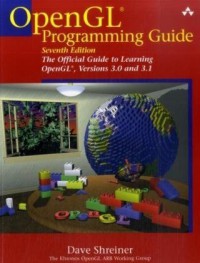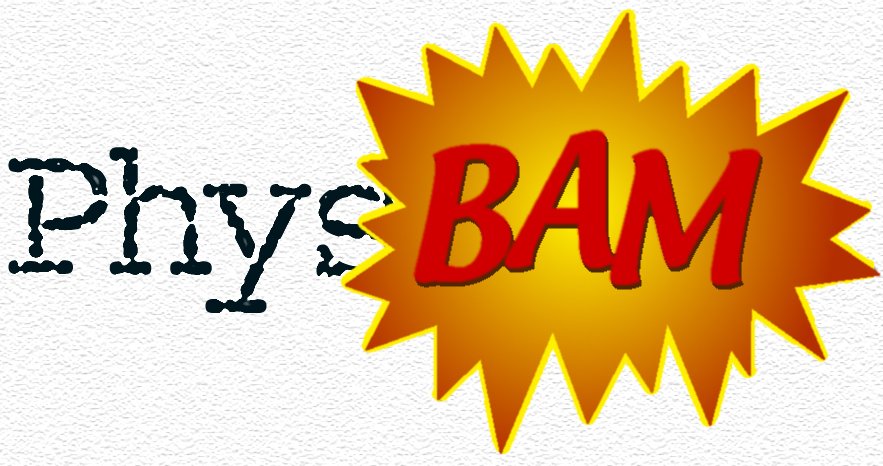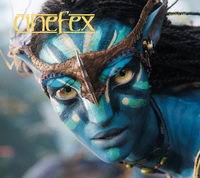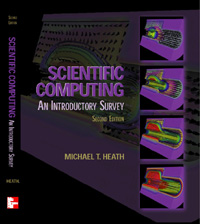Michael Lentine
Lead Engineer

Technical Talks
Causing Chaos: The Future of Physics and Destruction in Unreal Engine
| [talk] |
Spring 2019 Get a first look at the future of physics and destruction in Unreal Engine as Epic walks through features that give content creators the tools they need to build highly interactive worlds that can be fractured, shattered, and demolished. |
Course Instructor
CS248 Interactive Computer Graphics
| Spring 2013 Topics in interactive computer graphics include geometry, rendering, animation, and simulation as well as their implementation on mobile devices and web browsers. Specific topics include subdivision, lighting, shading, texturing, splines, ray tracing, implicit surfaces, procedural geometry, character animation, particle simulation, cloth simulation, rigid simulation, and fluid simulation. |
Course Speaker
PhysBAM: Physically Based Simulation
| Summer 2011 This course is as an introduction to the PhysBAM simulation library developed at Stanford University and used in both academic and industrial settings, including Intel Corporation, Industrial Light & Magic, Walt Disney Animation Studios, and Pixar Animation Studios. The course contains information on the release of PhysBAM as well as information on how to obtain the source code, set up the library, and use it to run example smoke and water simulations. It also summarizes a visualization tool and a rendering tool included in the release of the library. |
Course Assistant
CS448X Math and Computer Science behind Special Effects
| Spring 2011 Course will focus on a number of case studies of special effects work in feature films, with the aim of elucidating the underlying technical challenges from the standpoint of mathematics and computer science. As a project based class, individuals may more deeply focus on the individual aspects of most interest to them be it rendering, computational geometry, computer vision, physical simulation, or character animation. Guests from industry will speak about effects work they and their colleagues have been involved in as well as discuss some current challenges in the industry. Students will be asked to submit some current challenges either alone or in an appropriate group. Since course may be taken multiple times for credit, and will be open to both undergraduate and graduate students with varied backgrounds and interests, grading will be based on individual effort relative to preparation. As such currently there are no prerequisites enforced. |
CS205A Mathematical Methods for Computer Vision, Robotics, and Graphics
| Fall 2008 This course will focus on the continuous mathematics used in computer science (and EE) with a particular emphasis on the issues associated with designing, implementing and/or using numerical algorithms to solve equations. An underlying theme concerns the approximation issues associated with using floating-point numbers (as opposed to integers) in numerical algorithms. |




